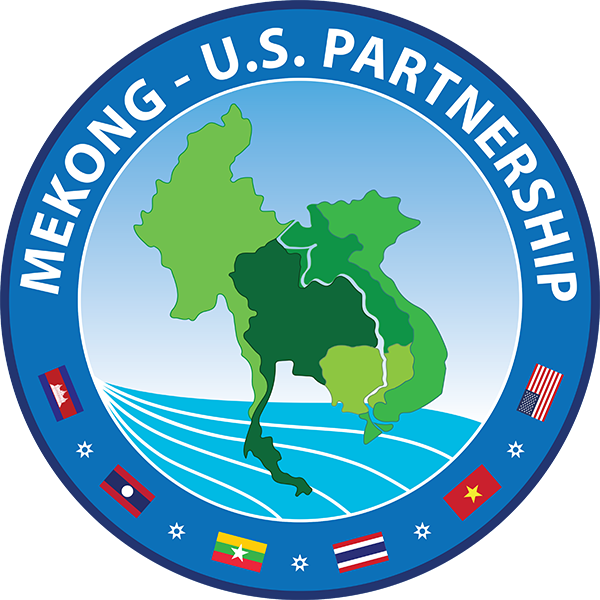A river monitoring report has sparked calls around the region for better data sharing on water use and dam operation on the Mekong. The report, by US-based climatologist Alan Basist and his team at the private consulting firm Eyes on Earth, suggests that the operation of hydropower dams in China may be contributing to downstream drought conditions in the Lower Mekong Basin. The report, published online on 14 April by the Sustainable Infrastructure Partnership (SIP), has prompted extensive commentary online and in national, regional and international mass media.
The report, Monitoring the Quantity of Water Flowing through the Upper Mekong Basin under Natural (Unimpeded) Conditions, combines historic data on river levels with publicly available satellite data, including microwave observation to show that deviations from normal flow patterns began to occur with the operation of the first large hydropower dam on the Upper Mekong mainstream in 2012. The data also show unusual fluctuations in river levels in recent years. The authors suggest that Mekong countries can improve the seasonal management of river flows by simulating the natural flow cycle of the Mekong.
The report is also available in Thai and Vietnamese languages.
A 13 April blog post on the Pact website highlights that the Eyes on Earth report shows the value of using modern data tools to generate useful information to benefit both upstream and downstream communities.
After the report was published, the Mekong River Commission (MRC), an intergovernmental body for river cooperation among the four Lower Mekong countries, commented that there is inadequate information about the operation of dams on the Mekong, making it difficult to forecast impacts. The MRC has repeatedly urged countries to share data on water use and infrastructure operation.
The research team at Aalto University, Finland, reviewed the Eyes of Earth analysis. Their critique, published on the Chulalongkorn University website, argues that the EoE analysis can only provide a partial picture of the situation, because it is based on water level, rather than water volume, leading to exaggerated claims that the upstream dam cascade withheld an entire monsoon season’s worth of rainfall.
The People’s Republic of China (PRC) has said that it views dams as ‘water banks’ to safeguard against the impacts of climate change and a volatile global economy. The PRC embassy states that dams alleviate droughts by increasing the amount of water released during the dry season, and decreasing the amount of water released in the rainy season.
The US embassy in Bangkok has countered this claim, asking why more water did not flow from China when the Mekong countries were in great need.
Public discussion of the report continues in various online spaces. The Stimson Center in the US has published a graphics package setting out the findings from the Eyes on Earth report.
Read the full report by Eyes on Earth here.
 Mekong - U.S. Partnership
Mekong - U.S. Partnership


